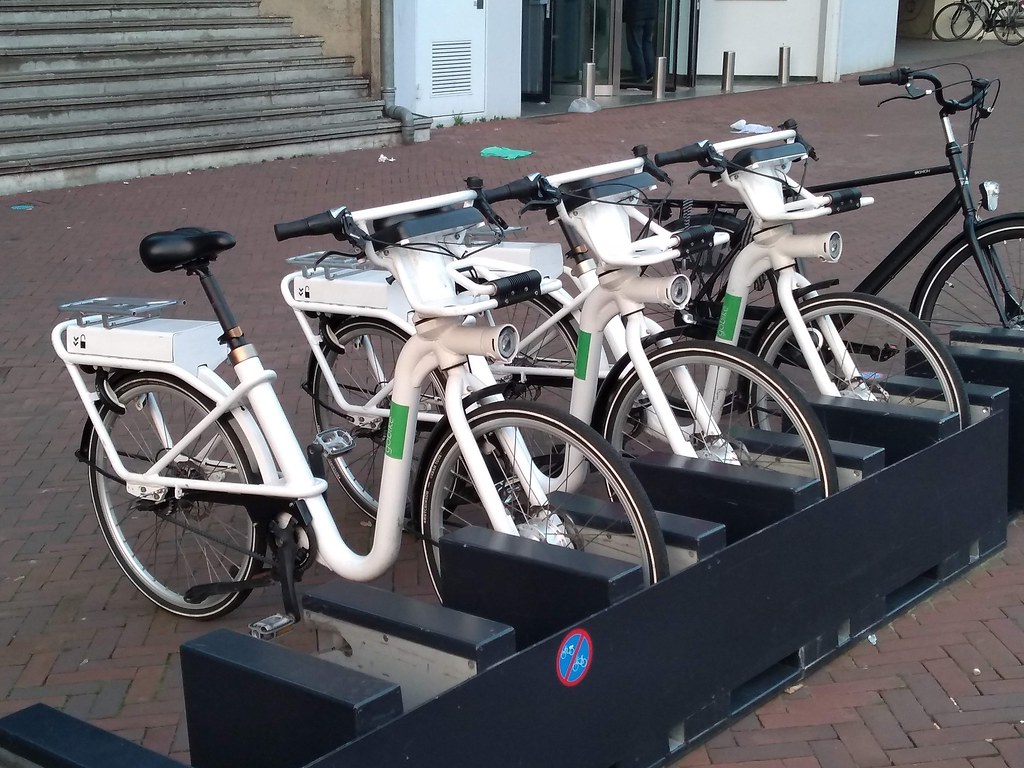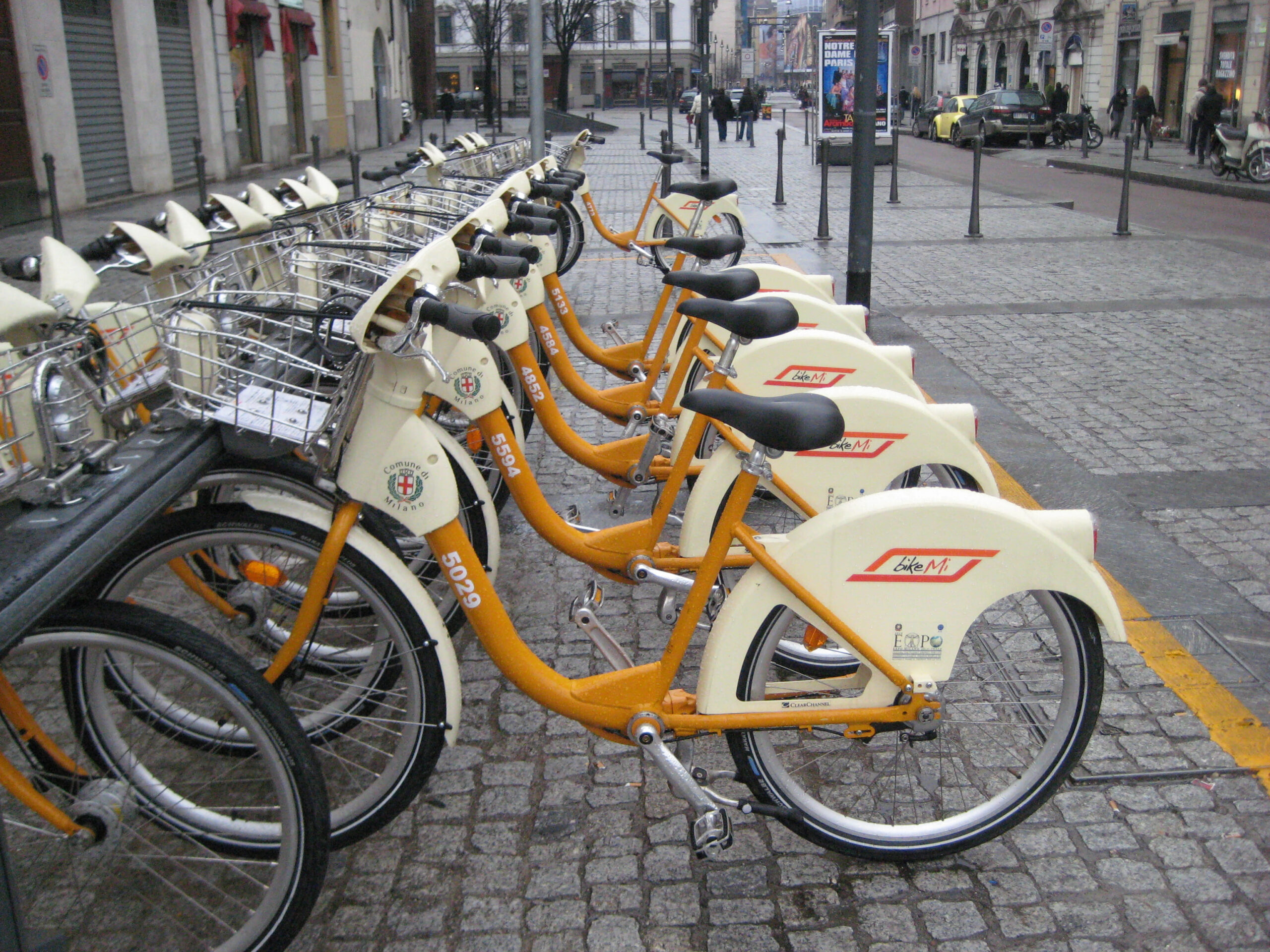The Concept of Bike Share Stations

Bike share stations are strategic locations where individuals can rent and return bikes for short-distance commutes. The primary purpose is to provide a convenient and eco-friendly mode of transportation in urban areas. These stations promote sustainable mobility and reduce reliance on traditional vehicles.
Advantages of Bike Share Stations
The environmental benefits of bike share stations are substantial. By encouraging cycling over motorized transport, these stations contribute to lower carbon emissions and improved air quality. Additionally, the health and wellness impact cannot be overstated, as regular cycling promotes physical activity and reduces sedentary lifestyles. From a cost perspective, bike sharing is a more economical option for daily commuting than owning and maintaining a personal vehicle.
The Rise of Bike Share Connect
Bike Share Connect is a pivotal aspect of the evolving bike-sharing landscape. It refers to integrating technology to enhance user experience and make bike sharing more accessible. This innovative approach involves user-friendly apps, real-time tracking, and seamless payment options, making bike sharing a hassle-free and enjoyable experience for riders.
Key Features of Bike Share Connect
User-friendly apps enable riders to locate nearby bike share stations, check bike availability, and plan their routes efficiently. Real-time tracking ensures that users can monitor the availability of bikes and docking spaces in real time. The integration of seamless payment options simplifies renting a bike, making it a convenient and time-saving mode of transportation.
Bike Sharing: A Global Phenomenon
The success of bike sharing is evident in various cities worldwide. From Paris to Beijing, bike sharing has become crucial to urban transportation strategies. The positive impact on socially and economically communities highlights the widespread acceptance and adoption of this sustainable mode of commuting.
Challenges in Implementing Bike-Sharing Programs
Despite its numerous advantages, implementing bike-sharing programs comes with challenges. Infrastructure concerns, such as the availability of dedicated bike lanes and secure parking spaces, pose obstacles to the seamless operation of bike share stations. Addressing safety issues like accidents and theft requires strategic planning and community involvement.
Government Initiatives to Promote Bike Sharing
Governments are pivotal in promoting bike sharing through supportive policies and funding. Many cities have implemented bike-friendly infrastructure and established partnerships with private entities to encourage the growth of bike-sharing programs. These initiatives contribute to creating a conducive environment for the success of bike sharing.
Corporate Contributions to Bike Sharing
Corporate organizations also contribute to the growth of bike sharing by sponsoring programs and promoting employee wellness initiatives. By encouraging employees to use bike-sharing services, companies actively participate in reducing their carbon footprint and fostering a healthier workplace.
The Future of Bike Sharing
As technology continues to advance, the future of bike sharing holds exciting possibilities. Innovations such as electric bikes, innovative infrastructure, and data-driven planning promise to make bike sharing even more accessible and efficient. The potential for expansions into suburban areas and the integration of bike sharing with other modes of transportation paint a promising picture for the future.
Impact on Traffic and Air Quality
One of the notable benefits of bike sharing is its positive impact on traffic congestion and air quality. By encouraging more people to opt for bikes instead of cars, bike-sharing programs reduce traffic jams and lowering overall emissions, resulting in cleaner and healthier urban environments.
The Role of Non-Profit Organizations
Non-profit organizations play a crucial role in promoting community-driven bike-sharing initiatives. These organizations often collaborate with local communities to establish bike-share programs that address specific needs and promote social inclusion.
Success Metrics for Bike-Sharing Programs
Evaluating the success of bike-sharing programs involves considering factors like ridership numbers, user satisfaction, and the program’s impact on the community. Conducting regular surveys and collecting data on usage patterns help cities and organizations refine their bike-sharing strategies and enhance the overall experience for users.
Recommendations for Individuals
Individuals can contribute to the success of bike-sharing programs by embracing them responsibly. This includes following traffic rules, properly parking bikes, and promptly reporting issues. Additionally, individuals can advocate for bike-friendly policies in their communities and encourage others to join the bike-sharing movement.
Conclusion
In conclusion, bike sharing is not just a mode of transportation; it’s a sustainable revolution reshaping urban mobility. With the integration of bike share stations and the technological marvel of Bike Share Connect, cities are witnessing positive changes in traffic patterns, air quality, and community well-being. As we look toward the future, embracing and supporting bike sharing is a collective responsibility key to more sustainable and vibrant urban living.
FAQs
1. How does bike sharing contribute to a reduction in carbon emissions?
Bike sharing promotes cycling over motorized transport, reducing the reliance on vehicles that emit carbon gases, thus contributing to a cleaner environment.
2. Are bike share stations only located in urban areas?
While initially concentrated in urban areas, bike share stations are expanding to suburban and rural locations, creating a more inclusive and widespread network.
3. What safety measures are in place for bike-sharing users?
Bike sharing programs implement safety measures such as user education, helmet provisions, and collaboration with local

















